Persian Silk Tree
Albizia julibrissin
The gorgeous Mimosa tree is considered an undesirable and invasive species by many US experts, if you can believe that!
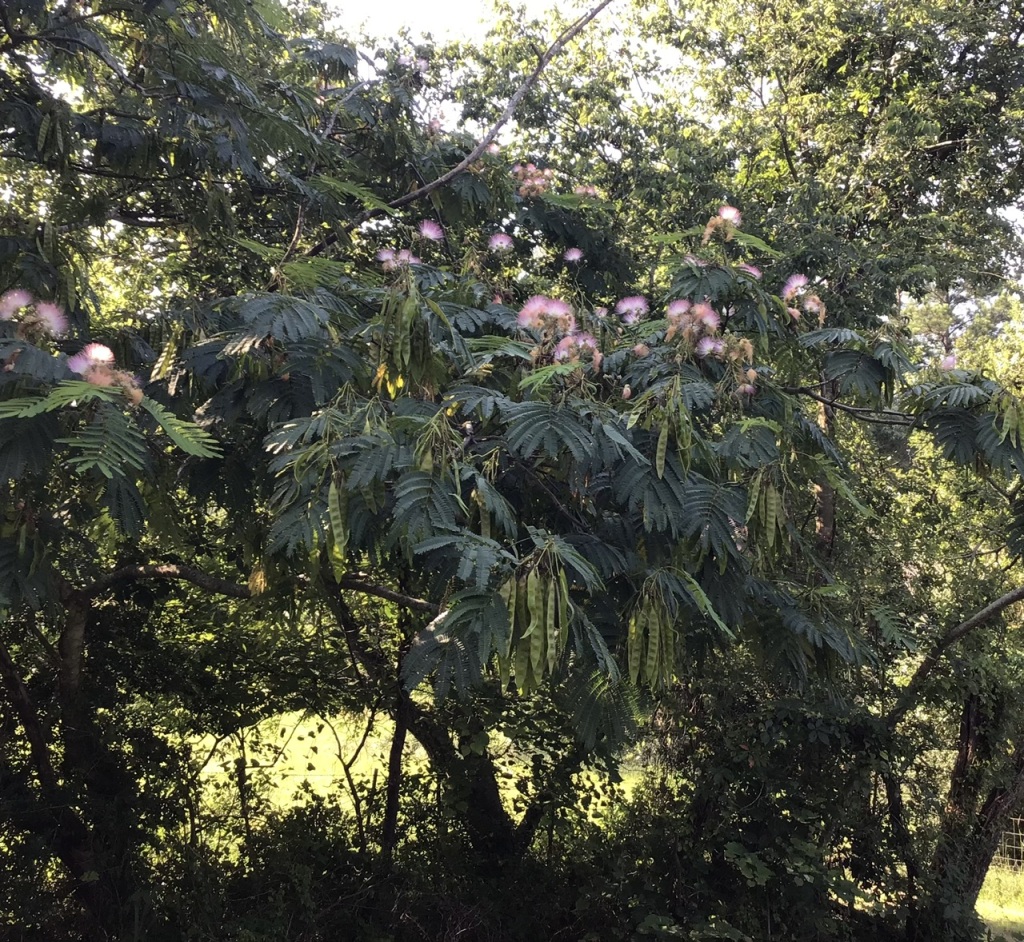
But to herbalists worldwide it’s a treasure. And to butterflies and bees it’s a feast!
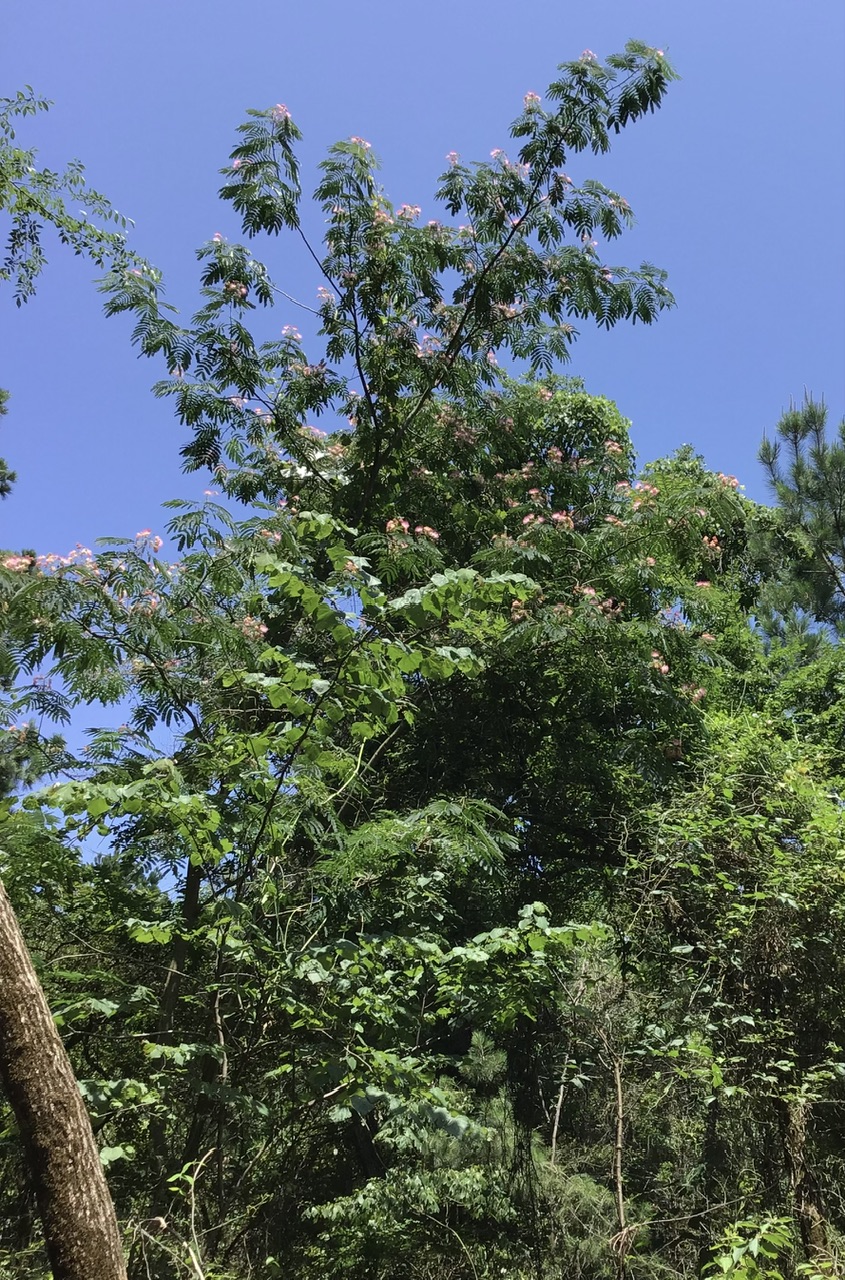
Another much maligned and misunderstood plant joins our growing list today. Hard to imagine calling this beauty a ‘trash tree’, but a great many experts call it that, and worse.
The Mimosa tree . . .
“Is another dog. Although beautiful when healthy, it never is. The root system is ravenous and destructive, and the tree is highly vulnerable to insects and disease. Shallow, destructive root system. Not even good for fire wood. Destructive roots, short-lived, crowds out good plants. Not a good tree for Texas,” he resolutely concludes.
Texas Gardening the Natural Way: The Complete Handbook by Howard Garrett “The Dirt Doctor”
Garrett is considered the foremost organic gardening expert in these parts, he has a popular radio show, has published several books and he has his own organic product line. He was the first gardener I learned from when I started gardening here.
And worse, he convinced me! I wanted one from the first moment I gazed upon it, but I resisted, for over a decade.
Luckily in recent years I’ve revisited that poor choice and lazy thinking to discover how wrong these experts can be.
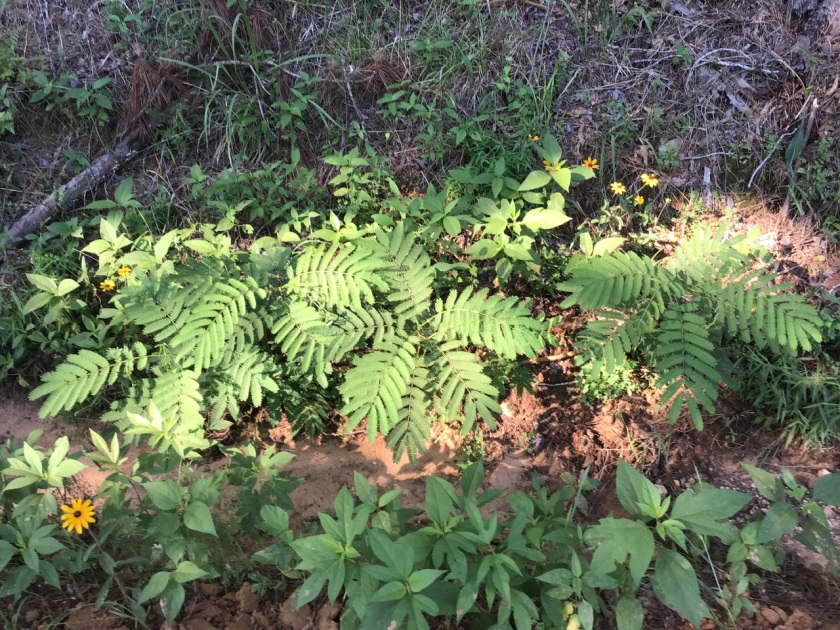
What a (typical) shame to learn how very wrong they can be! Along with Wikipedia and a great many other popular info hubs.
“In the wild, the tree tends to grow in dry plains, sandy valleys, and uplands. It has become an invasive species in the United States, where it has spread from southern New York, New Jersey and Connecticut, west to Missouri and Illinois, and south to Florida and Texas. It is cultivated in California and Oregon. Its seeds are wind-dispersed and numerous, and they are fertile even over long periods of drought. Each pod, which resembles a flattened bean pod made of paper, holds about 8 seeds on average. The pod bursts in strong winds, and the seeds can carry over surprisingly long distances.”
It is certainly for the ‘mess’ they create with their seed pods that some may not find them suitable for their yard or garden. And naturally, farmers and ranchers malign any plants which dare to interfere with their livestock management preferences.
But, venture away from those slanted sources and the light shines on this ancient medicinal treasure.

Mimosa—The ‘night sleeper’ so nicknamed in Persian thanks to its usefulness as a cure for insomnia, among its many other medicinal and practical uses.

A bit of history:
“The stem bark has been used as a sedative for hundreds of years as recorded in the Pharmacopeia of the People’s Republic of China(Nehdi 2011, Zheng 2006, Zheng 2010) and as an anti-inflammatory agent for swelling and pain in the lungs and to treat skin ulcers, wounds, bruises, abscesses, boils, hemorrhoids, and fractures, as well as to remove carbuncles. The dried stem bark is used as a tonic in China and Japan.(Ikeda 1997) Indigenous people living in the southern mountainous region of Korea prepare the root as an infusion for bone diseases.(Kim 2011) In India, a chloroform and methanol seed extract has been used to treat bronchitis, asthma, leprosy, and glands infected by tuberculous.(Gautam 2007) A bark extract to treat insomnia, diuresis, asthenia, and confusion has been used in Asia.(Nehdi 2011) The plant’s flowers have been used to treat symptoms associated with palpitations, anxiety, depression, and insomnia.(Nehdi 2011, Samwald 2010) It’s common name of Shabkhosb (good night’s sleeper) in Iran is indicative of its use to treat insomnia.(Ebrahimzadeh 2017)
Mimosa are used in gardens for ornamental purposes, in sandy areas to prevent erosion, and along roadways.(Chang 2011, Irwin 2003, Nehdi 2011, Pardini 2007)”
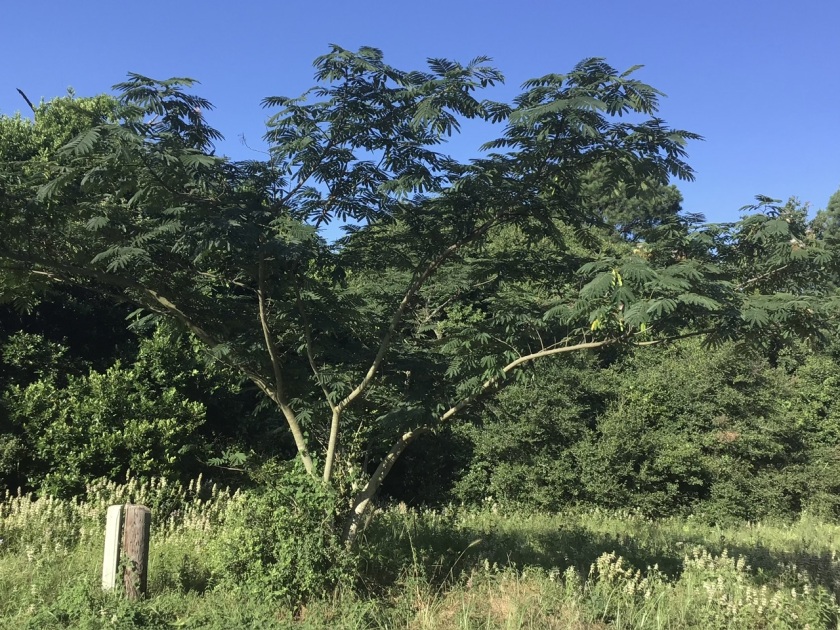
From Science Direct:
“Albizia belongs to Mimosoideae and are native to Asia and Africa. It is a kind of multifunctional trees and they are always planted as ornamental trees. In addition to using it as foliage, green manure and timber for furniture production, the bark of Albizia is herbal medicine and the seeds are a source of oil. There are about 150 species in the genus and 17 of them can be found in the southern regions of China. Albizia julibrissin and Albizia kalkora are two familiar species, which are planted in China from tropic to temperate zones [69]. Although Albizia spp. are of great importance, little was known about the diversity of their microsymbionts. de Lajudie et al. [15] found that two strains isolated from Albizia falcataria grown in Brazil were Bradyrhizobium; Chen and Chen [5] classified five strains isolated from Albizia julibrissinin China as Bradyrhizobium sp. and Rhizobium sp. These results indicated that Albizia trees nodulated with both fast-growing and slow-growing rhizobia.”
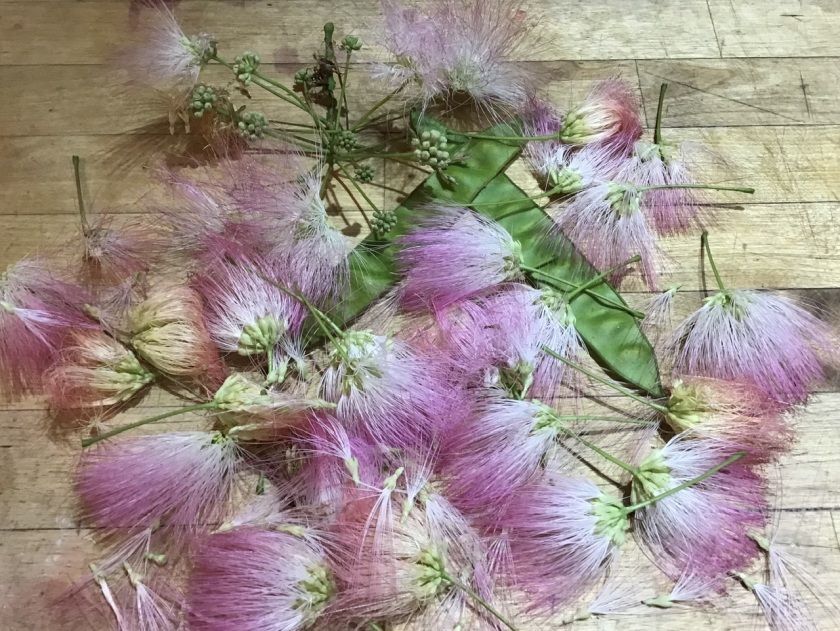
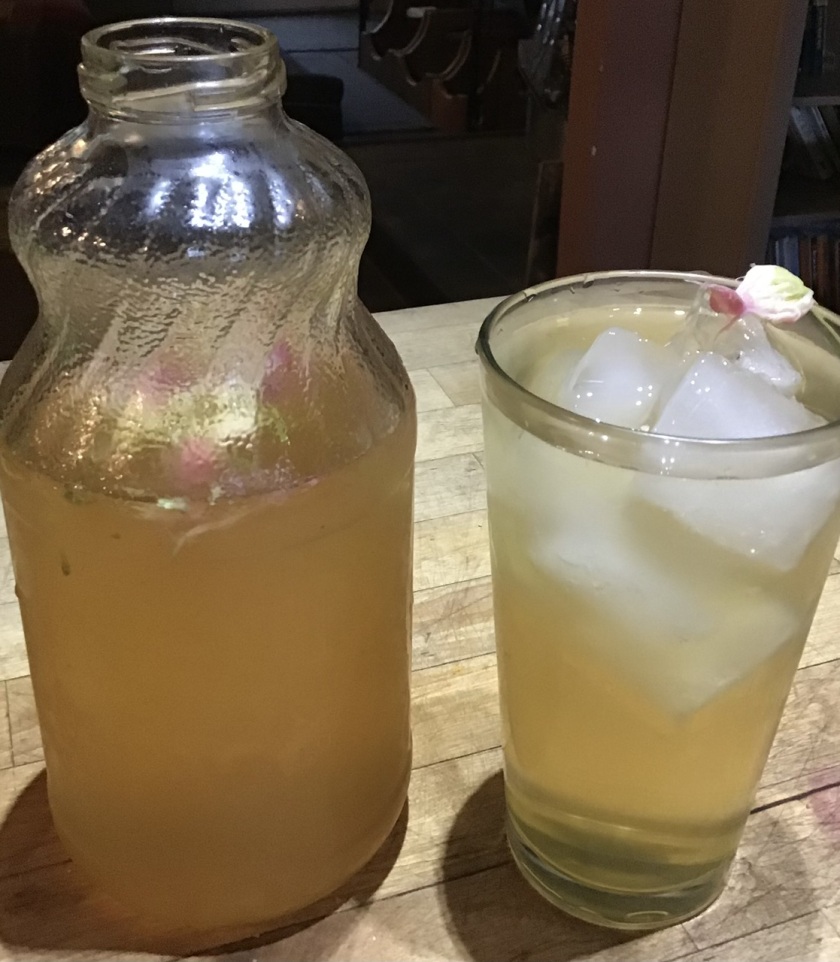
a unique taste reminiscent of nectarines.
Mimosa Uses, Benefits & Dosage – Drugs.com Herbal Database
Gavin Mounsey, author of Recipes for Reciprocity, recently shared some of his knowledge and links about this amazing tree, which he’s cultivating in his food forest designs all the way up in Canada:
“Another interesting fact about this tree is that it is being investigated for it’s potential in Phytoremediation (for both heavy metal soil remediation and for it’s photocatalytic activity for cleaning up toxins humans put in the air) and a more specialized field in what is called “Phytomining” (it is a nasty industrial process used for profit but it hints at more holistic applications of this species for real time remediating/mitigating of geoengineering heavy metals in the air and soil.” (Read more: Regenerative Agriculture: Solutions Watch at Corbett Report)
The pods are plentiful and can be used for animal feed, according to TCPermaculture.
It’s notable umbrella shape when provided with plenty of space has me wondering if it might be the tree represented on some old gravestones in our area.
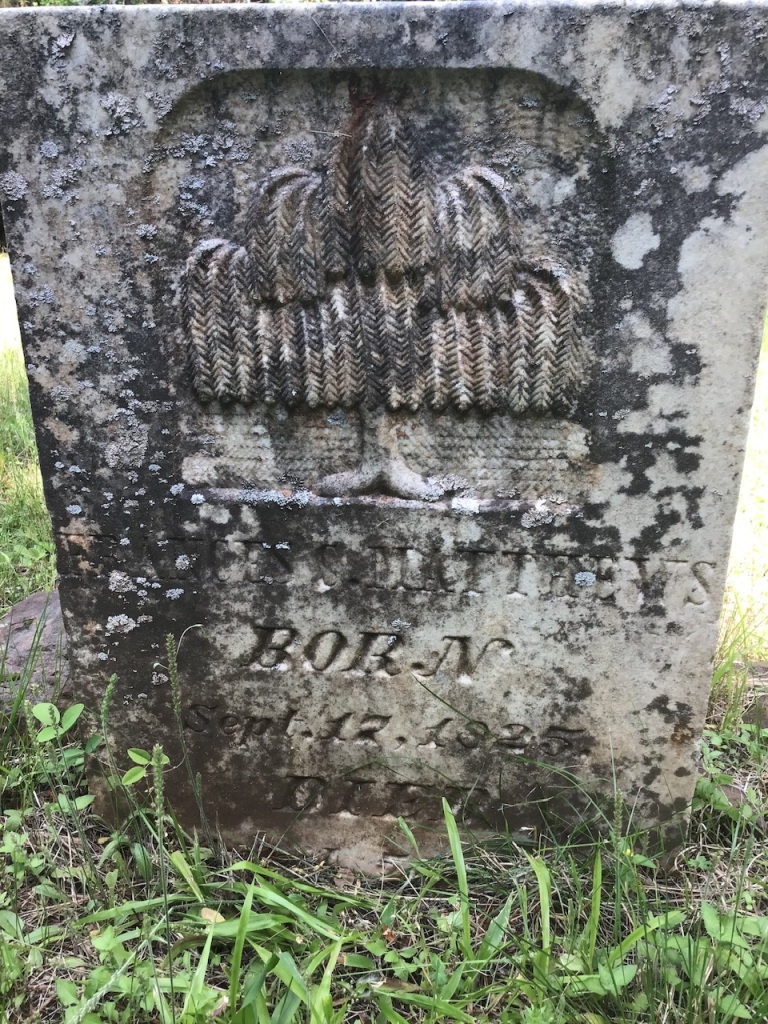
Might the Mimosa Tree be our rest in peace?

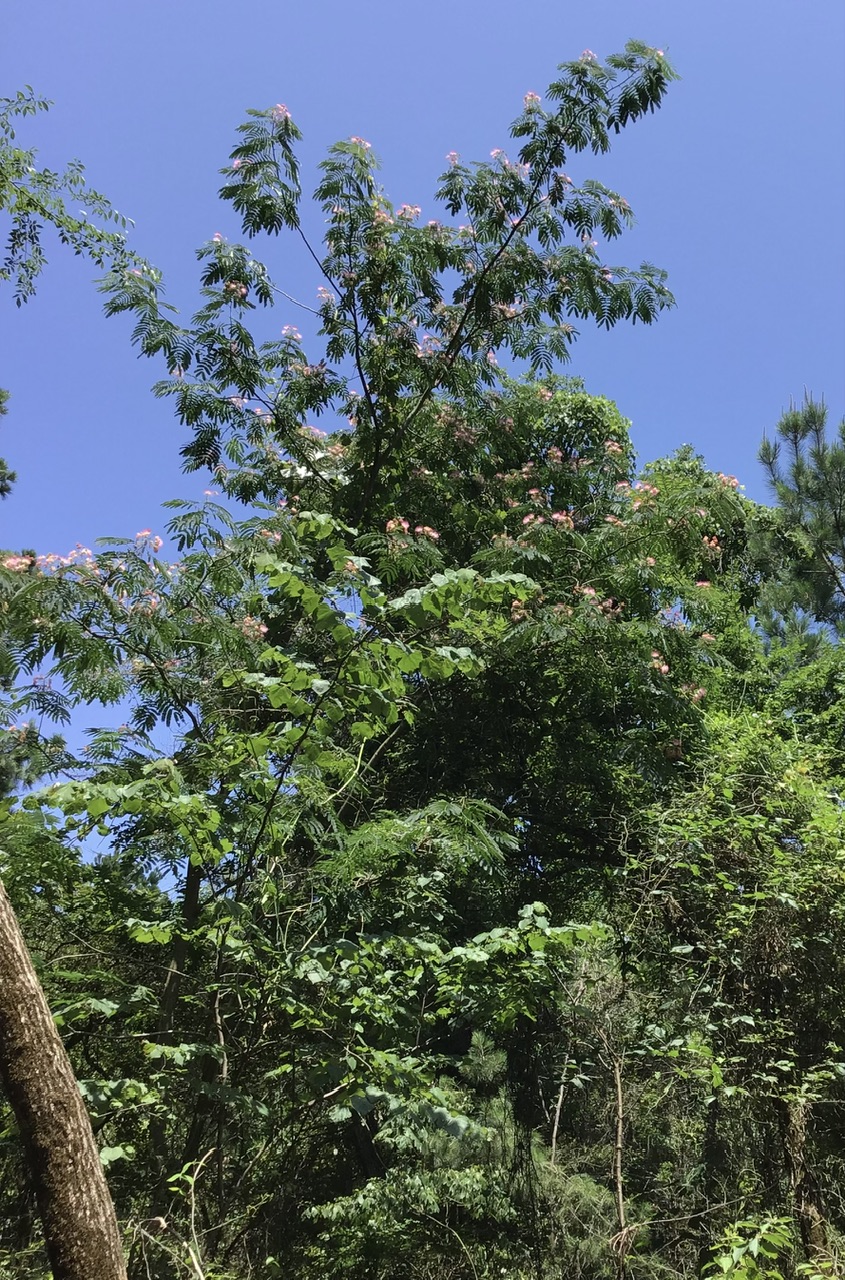
Wonderful and informational post! I learned a lot…thank you for posting!
LikeLiked by 1 person
Glad to hear it, my pleasure! 🙏
LikeLiked by 1 person
Very cool! I didn’t know they were so useful!
LikeLiked by 1 person
Yes, now we have even more reasons to like them! 😁
LikeLiked by 1 person